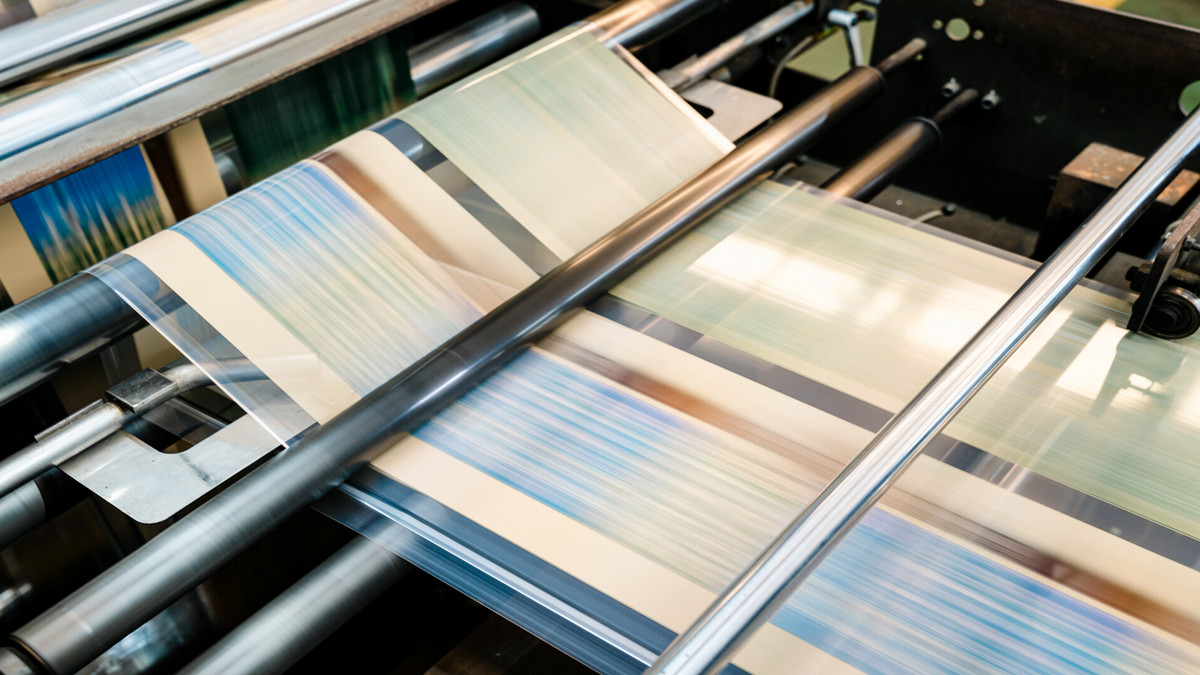This article provides a detailed comparison of hot and cold cutting methods used in plastic bag manufacturing, emphasizing how the choice impacts production efficiency, edge sealing, and material compatibility. Hot cutting uses heated blades to cut and seal simultaneously, making it ideal for leak-proof and high-speed production, while cold cutting offers precise, sharp cuts without heat damage, suitable for a variety of bag types. The selection depends on factors such as material type, production requirements, and environmental considerations. Understanding the strengths and limitations of each method helps manufacturers optimize their processes and meet evolving industry demands.
Introduction
In plastic bag manufacturing, the cutting method chosen plays a pivotal role in determining both the efficiency of production and the quality of the finished product. The decision between hot and cold cutting directly impacts seal integrity, edge quality, machine compatibility, and suitability for specific materials. This article explores the fundamental differences between these two techniques and offers insights to help manufacturers make well-informed choices based on their operational needs.
Overview of Cutting Techniques
Hot Cutting
Hot cutting utilizes heated blades to slice through plastic film while simultaneously sealing the edges. The application of heat melts the film at the cut point, resulting in a smooth, sealed finish that resists fraying and leakage. This method is ideal for bags that require durability and leak resistance - commonly seen in retail and grocery applications such as vest-style carry bags.
Cold Cutting
Cold cutting, by contrast, relies on mechanical blades to make clean, precise cuts without the use of heat. It is best suited for applications where edge sealing is unnecessary, making it a popular option for bottom-sealed bags and customized sizes. This method is particularly valued for its precision and the fact that it avoids potential thermal damage to the material.
Key Considerations for Selecting a Cutting Method
Material Properties
Different plastics respond differently to heat and mechanical force. For example, softer films that are prone to stretching or tearing may perform better with cold cutting or shear slitting. Meanwhile, thermoplastics and synthetic materials, which can melt cleanly under heat, are often more compatible with hot knife cutting.
Production Efficiency
In high-volume production settings, hot cutting offers significant time-saving advantages by performing the cut and seal in a single operation. This streamlines the workflow and reduces labor costs. On the other hand, cold cutting is the preferred method when precision is prioritized or when materials are sensitive to heat exposure.
Sustainability and Environmental Impact
As environmental regulations tighten and demand for sustainable products increases, manufacturers are increasingly using biodegradable and eco-friendly materials. The selected cutting method must be compatible with such materials and support sustainable production practices. Cold cutting, which does not require energy-intensive heating, may offer a slight edge in reducing energy consumption.
Comparison of Benefits and Limitations
Hot Cutting
Creates sealed, durable, and leak-proof edges
Ideal for high-speed, continuous production
Risk of thermal damage to the film
Less suitable for materials that don’t require sealed edges
Cold Cutting
Delivers sharp, accurate cuts without altering material properties
Supports various bag types and customized sizes
Edges are not sealed, which limits its use in some applications
May be slower than hot cutting in large-scale production scenarios
Conclusion
Choosing between hot and cold cutting methods is a strategic decision that can influence every aspect of plastic bag manufacturing - from production throughput to final product performance. Hot cutting is best for applications needing sealed, leak-proof edges and fast production speeds. In contrast, cold cutting excels in versatility, edge precision, and energy efficiency. By considering factors such as material behavior, production goals, and environmental priorities, manufacturers can select the most suitable cutting process to enhance productivity and meet modern market demands.










.png)



